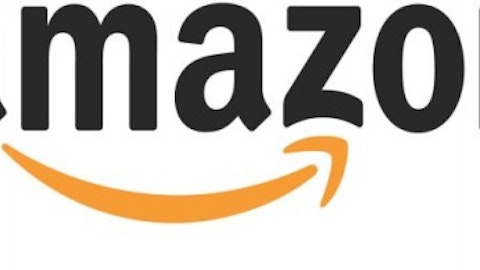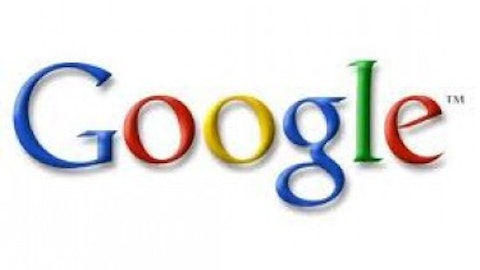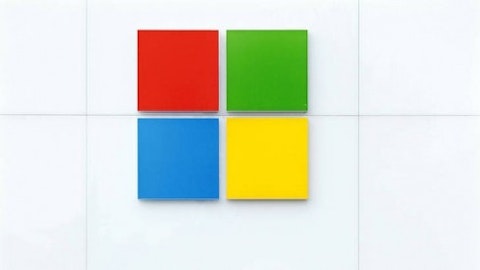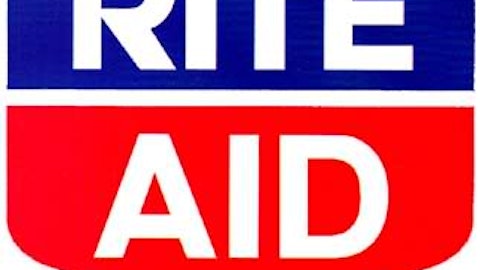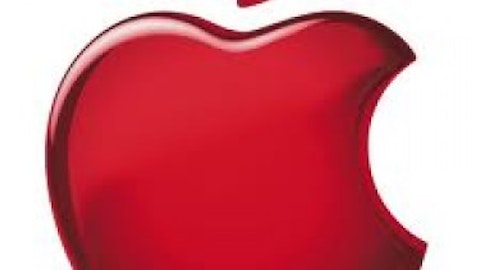Is Gorilla Glass outdated? Corning Incorporated (NYSE:GLW) is the world leader in specialty glass and ceramics. Corning’s innovation continues to be strong, with more than 160 years of materials science and process engineering knowledge. This article will focus on reviewing if sapphire glass could take over Gorilla Glass and be used for future smartphones.
Corning’s claim
There are rumors that sapphire glass will be replacing Corning Incorporated (NYSE:GLW)’s Gorilla Glass for the future smartphones. Sapphire is a crystalline material that can be manufactured by applying high heat and other demanding conditions to purified aluminum oxide. Sapphire is a like a cheaper and slightly weaker version of diamond. Sapphire is harder to scratch than Gorilla Glass. However, Corning claims that sapphire transmits about 6% less light and may introduce optical distortions. Based on Corning’s own durability test, sapphire could break more easily than Gorilla Glass, especially if used at the same thinness as Gorilla Glass. Economically, if produced at the same thinness of Gorilla Glass, sapphire glass is difficult to process and costs significantly more to produce. While some extremely expensive cell phones are using sapphire, Corning believes sapphire glass can only be used for niche markets due to its performance and economics. Corning Incorporated (NYSE:GLW) also estimated that billions of dollars are needed to create sufficient sapphire capacity for even a small percentage of mobile phones.
An analyst’s point of view
While a Gorilla Glass display costs less than $3, a sapphire display would cost about $30. However, Eric Virey, an analyst for the market research firm Yole Développement, believes that the cost for sapphire could reduce to $20 in a few years due to increased competition and improving technology. Sapphire’s lowered price could make it cheap enough to compete, as it performs better than glass. Apple Inc. (NASDAQ:AAPL) is already using sapphire crystal for the surface of the iSight camera for its iPhone 5 model, which makes the surface of the lens less likely to scratch. However, as the iPhone 5 model continues to target the high-end model, which costs $649 for a 16GB phone without a contract, sapphire crystal is affordable to cover a small surface area for the lens.
While investors are now concerned about Apple Inc. (NASDAQ:AAPL)’s growth rate, it is expected that Apple will launch a cheaper version of the iPhone. It is rumored that the lower-cost iPhone could be selling at the price of $350-$400, which is 38%-46% cheaper than the $649 starting price for iPhone 5. To minimize the margin compression, Apple needs to control the cost, yet provide sufficient functions. It is likely that the company will find the lower cost alternatives for its body and exterior materials. While it costs $207 to build the 16G iPhone 5, sapphire is, for sure, not an option for a cheaper iPhone.

